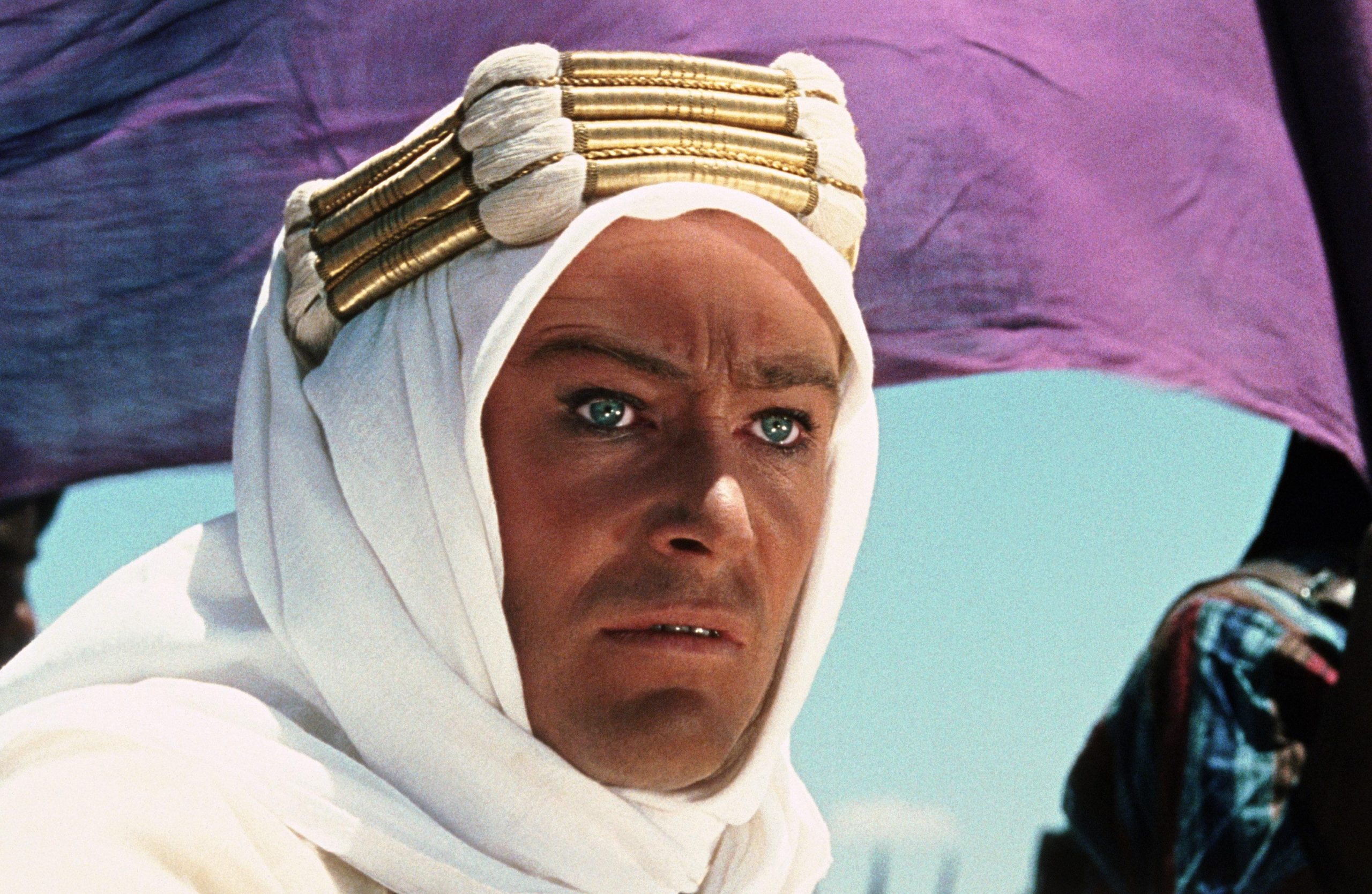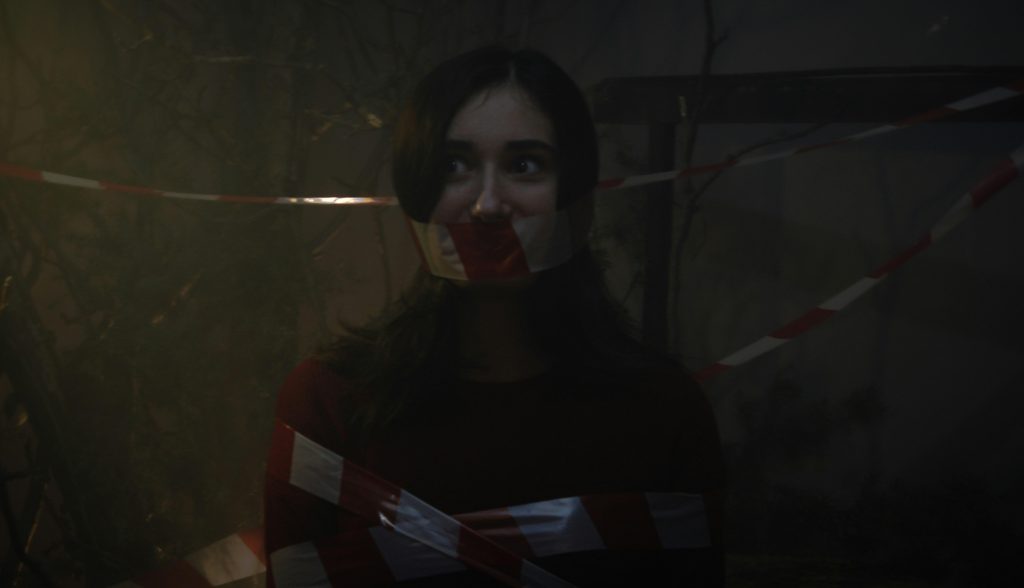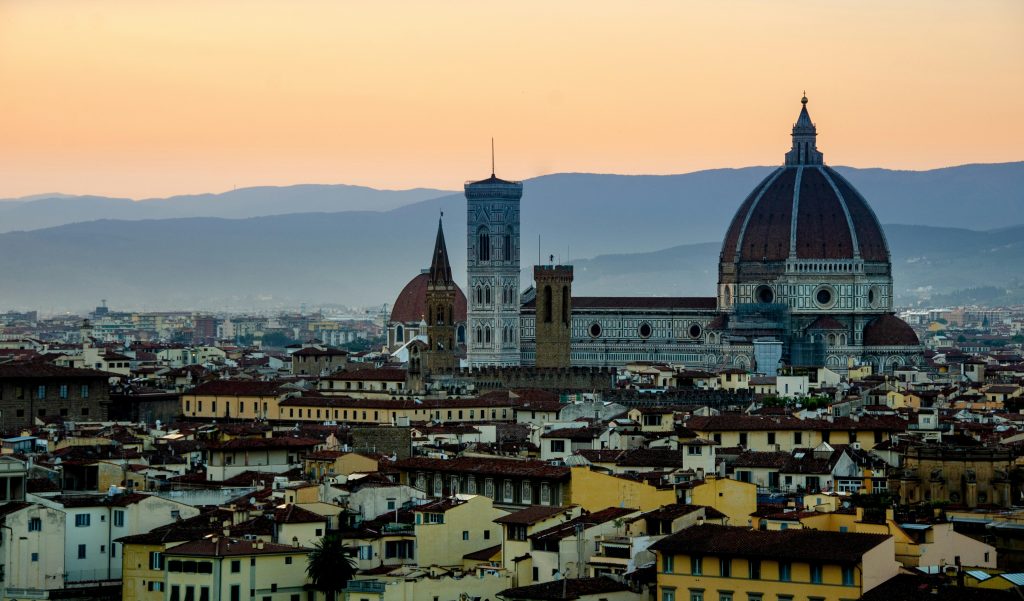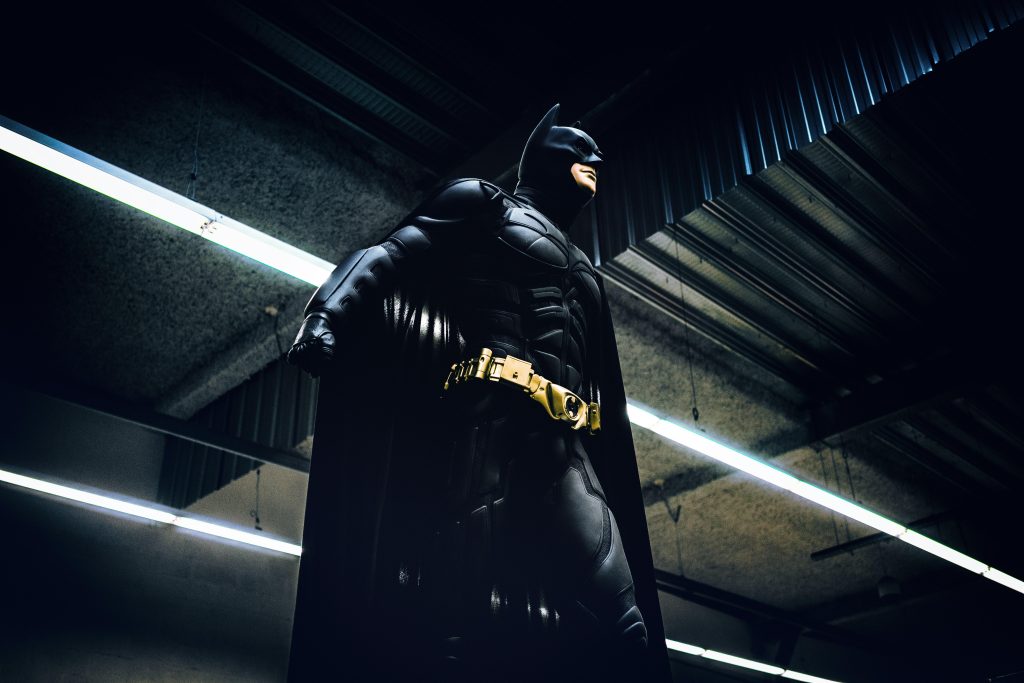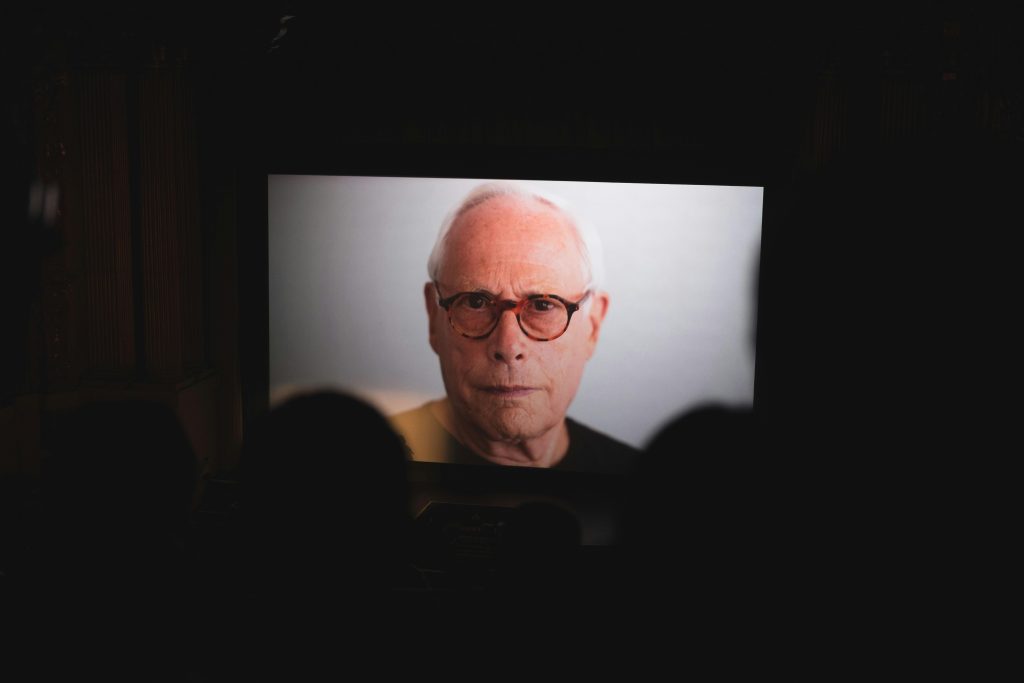In the vast and ever-evolving landscape of cinema, few films manage to etch themselves into the annals of history as enduring masterpieces. Among these rare gems stands “Lawrence of Arabia,” a cinematic tour de force that continues to captivate audiences and filmmakers alike, more than half a century after its debut. Directed by the visionary David Lean, this epic saga of adventure, identity, and ambition unfolds against the breathtaking backdrop of the Arabian desert, weaving a tapestry of visual splendor and narrative depth that remains unparalleled. As we delve into the reasons behind its timeless allure, we explore how “Lawrence of Arabia” transcends the boundaries of its era, offering a compelling study of human nature and artistic brilliance that resonates as profoundly today as it did upon its release.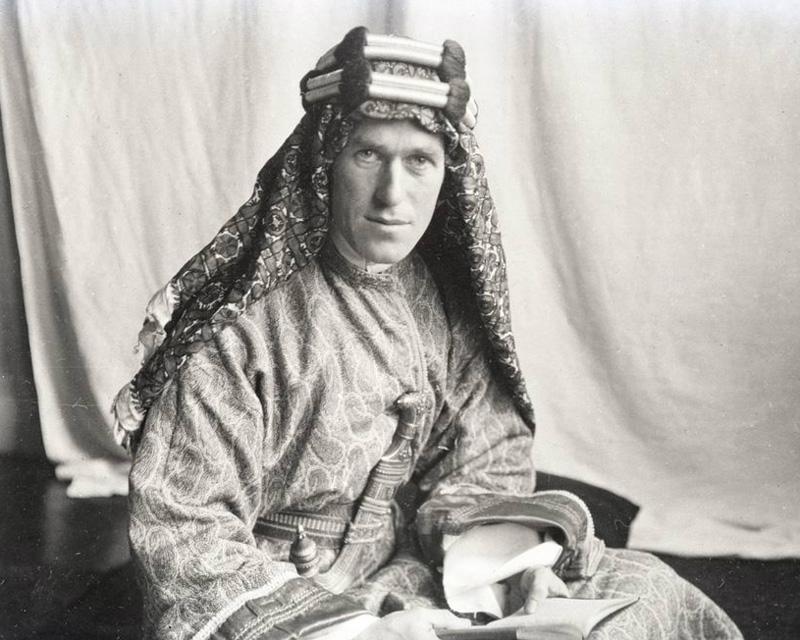
Epic Storytelling and Historical Depth
In “Lawrence of Arabia,” the vast and unforgiving desert becomes a canvas for a story that is both grand in scale and profound in depth. The film’s narrative intricately weaves the threads of personal ambition, cultural clashes, and historical events, capturing the essence of T.E. Lawrence’s journey. This epic storytelling is not merely about the man himself but also about the larger forces at play during World War I. The filmmakers masterfully balance the intimate struggles of Lawrence with the sweeping tides of history, creating a cinematic experience that resonates with audiences even today.
- Complex character arcs that delve into the psyche of T.E. Lawrence
- Richly detailed depictions of early 20th-century geopolitics
- Seamless integration of historical fact and creative interpretation
Through its nuanced portrayal of alliances and betrayals, “Lawrence of Arabia” stands as a testament to the power of storytelling that transcends time. The film does not shy away from exploring the moral ambiguities and the inner turmoil faced by its protagonist, inviting viewers to reflect on the complexities of identity and legacy. This depth of narrative, combined with its meticulous attention to historical detail, ensures that the film remains an unparalleled masterpiece in the annals of cinema.
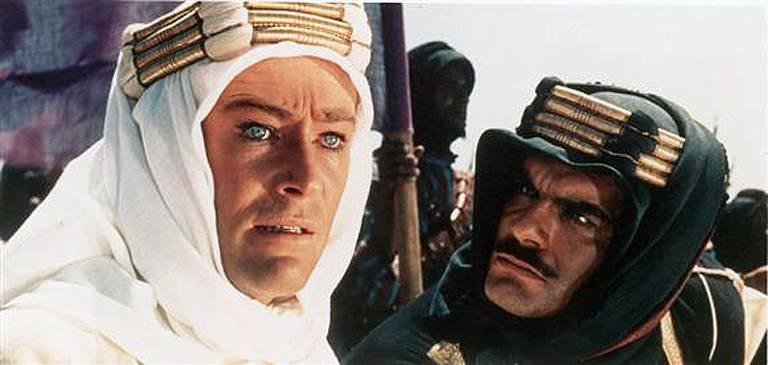
Visual Splendor and Cinematic Innovation
With its breathtaking visuals and pioneering techniques, Lawrence of Arabia remains a benchmark for cinematic artistry. The film’s sweeping landscapes, captured through the lens of director David Lean, transform the vast desert into a canvas of visual poetry. Each frame is meticulously composed, offering viewers an immersive experience that is both grand in scale and intimate in detail. The use of 70mm Super Panavision technology allowed for unprecedented clarity and depth, creating an epic spectacle that continues to captivate audiences.
- Innovative Cinematography: The film’s use of widescreen formats set new standards for capturing expansive vistas.
- Masterful Use of Light: Lean’s strategic play with natural light and shadows added layers of texture and emotion to the scenes.
- Epic Scale and Intimacy: Despite its grand scale, the film never loses sight of its characters, creating a balance that is rarely seen.
The marriage of visual splendor with narrative depth in Lawrence of Arabia demonstrates the power of film as an art form. Its pioneering spirit and commitment to innovation continue to inspire filmmakers and audiences alike, solidifying its place as a masterpiece in the annals of cinema.
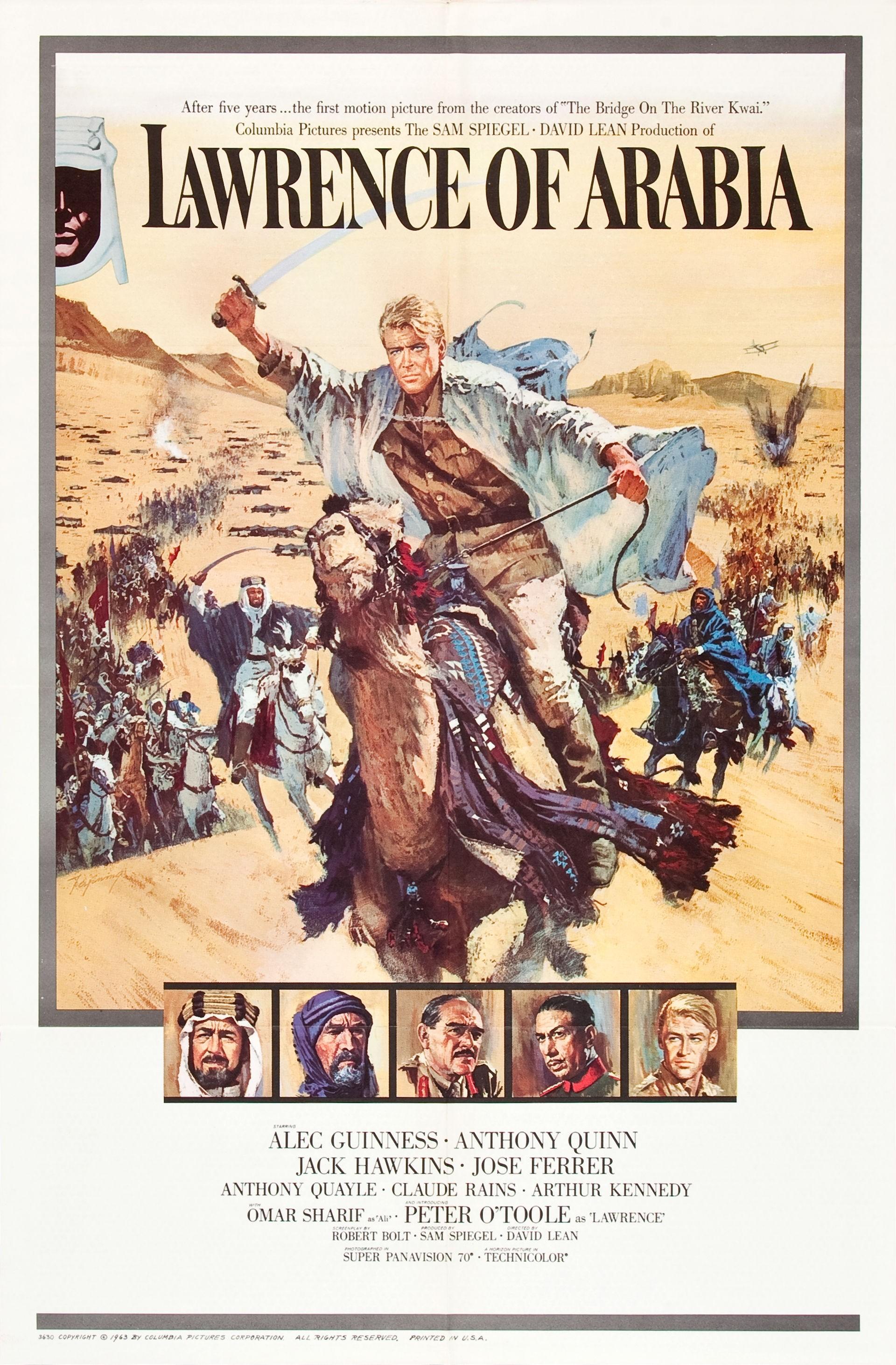
Memorable Performances and Character Complexity
One of the most remarkable aspects of Lawrence of Arabia is its unforgettable performances, led by Peter O’Toole’s portrayal of T.E. Lawrence. O’Toole’s performance is a masterclass in character complexity, showcasing a man torn between his sense of duty and his own personal desires. His nuanced depiction captures the enigmatic nature of Lawrence, a man who is both a hero and a flawed individual. The supporting cast, including Alec Guinness, Anthony Quinn, and Omar Sharif, bring depth and authenticity to their roles, creating a rich tapestry of characters that elevate the film’s narrative.
- Peter O’Toole: His performance as T.E. Lawrence is a compelling exploration of identity and ambition.
- Alec Guinness: As Prince Faisal, Guinness brings a dignified presence that complements the political intrigue of the story.
- Anthony Quinn: Quinn’s portrayal of Auda Abu Tayi offers a fierce and charismatic warrior, adding layers to the film’s depiction of Arab culture.
- Omar Sharif: As Sherif Ali, Sharif’s performance is both commanding and empathetic, illustrating the complexities of loyalty and friendship.
The interplay between these characters is not just a testament to the actors’ skills but also to the film’s ability to delve into the intricacies of human relationships. Each character is crafted with depth, making their interactions not just memorable but profoundly impactful, resonating with audiences even decades after the film’s release.
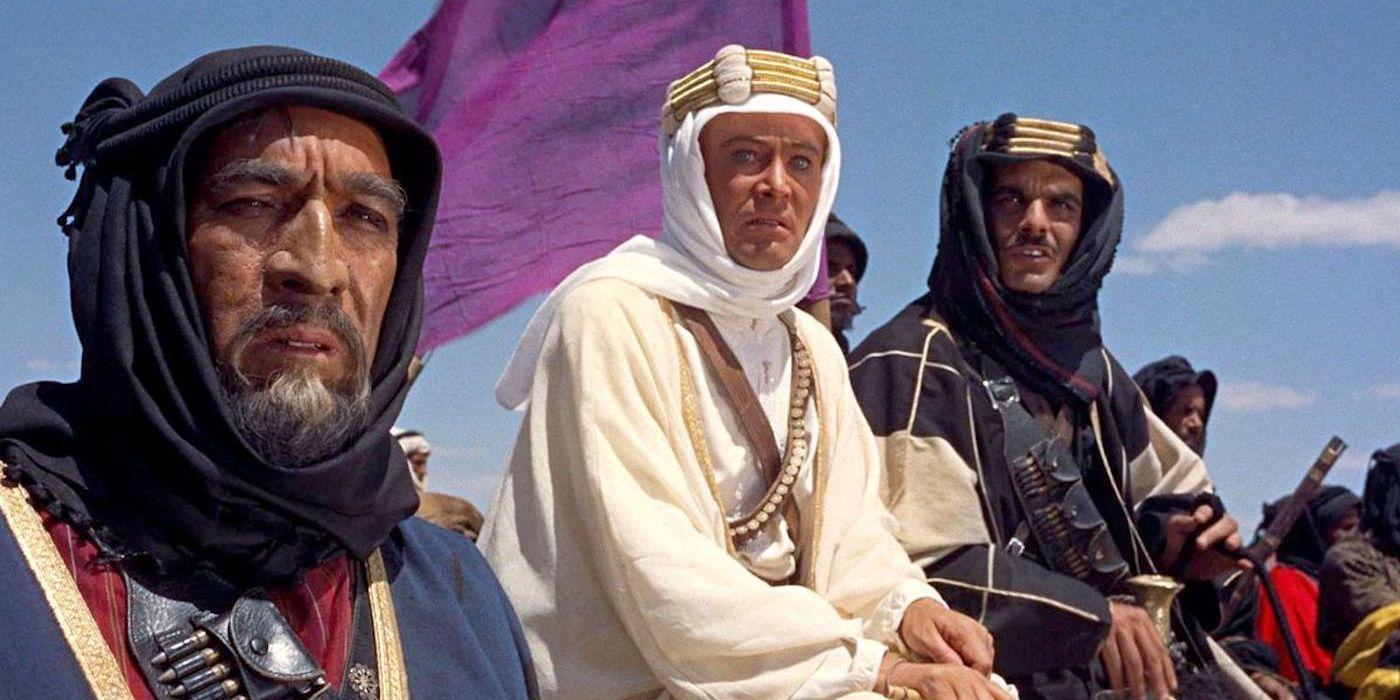
Enduring Influence on Modern Filmmaking
David Lean’s Lawrence of Arabia continues to cast a long shadow over modern filmmaking, serving as a touchstone for directors who seek to capture epic storytelling with visual splendor. Its influence is evident in various aspects of contemporary cinema:
- Cinematic Scope: The film’s sweeping vistas and meticulously composed shots have inspired filmmakers like Christopher Nolan and Ridley Scott to embrace large-format cinematography, enhancing the visual grandeur of their own projects.
- Complex Characters: The multifaceted portrayal of T.E. Lawrence set a benchmark for character development, encouraging screenwriters and directors to craft protagonists with depth and ambiguity, much like in films such as There Will Be Blood and Mad Max: Fury Road.
- Non-linear Storytelling: Lean’s innovative use of non-linear narrative structure paved the way for films that explore time and perspective in creative ways, influencing modern classics like Pulp Fiction and Inception.
In essence, the enduring legacy of Lawrence of Arabia is not just its aesthetic beauty but its profound impact on the art of storytelling in cinema. Through its pioneering techniques and narrative ambition, it continues to inspire a new generation of filmmakers to push the boundaries of what film can achieve.

